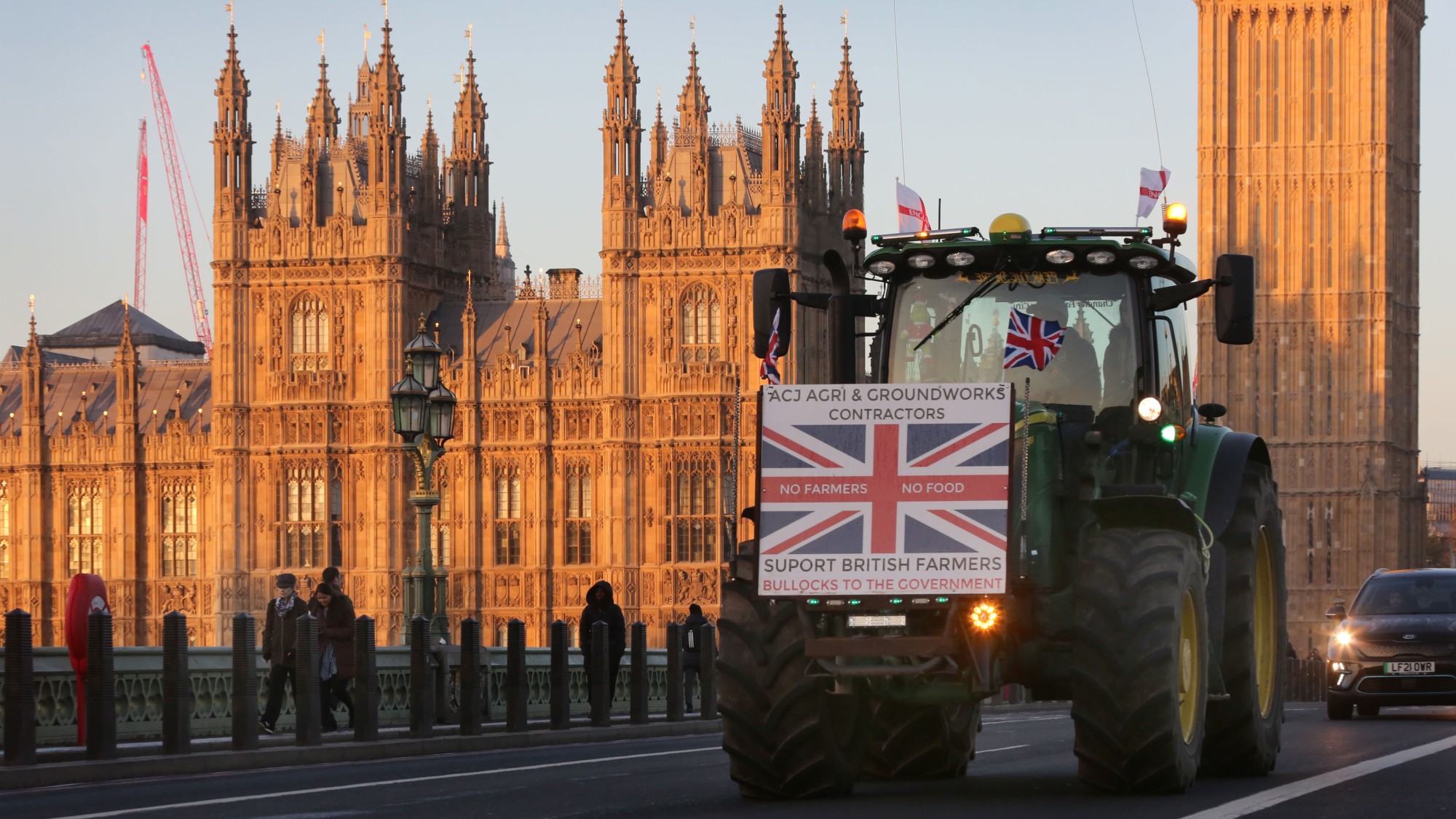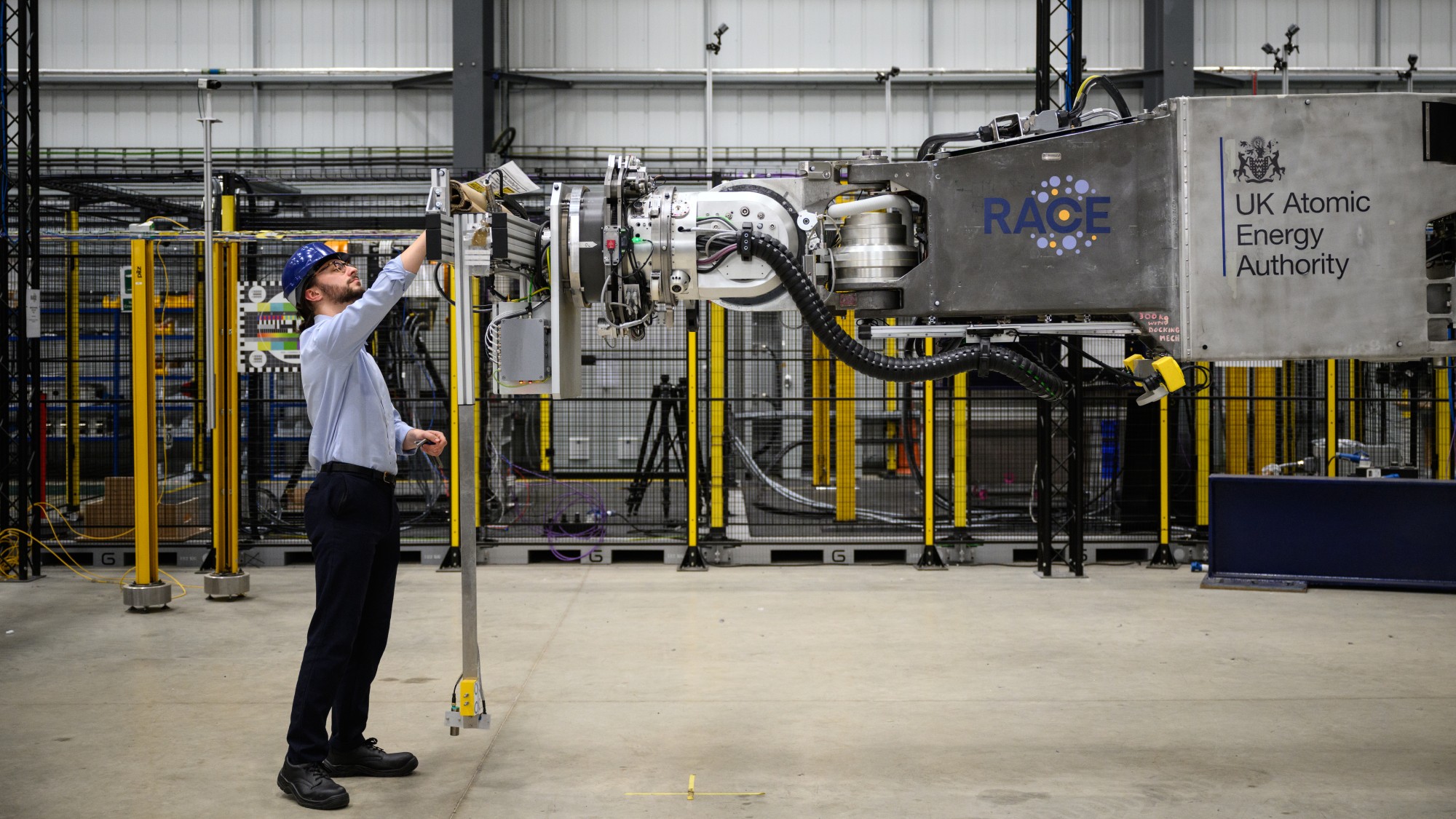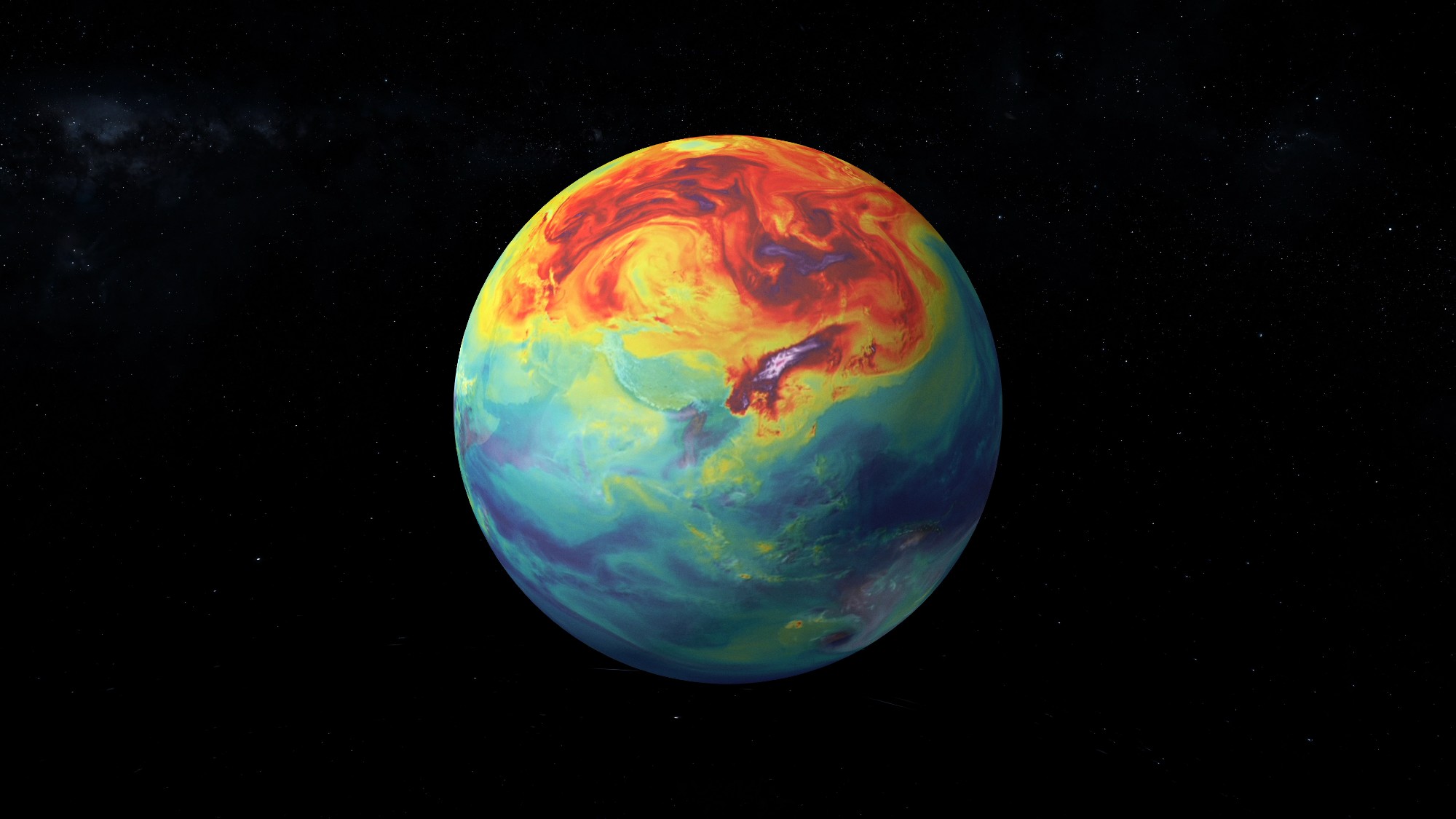Underground warming is a 'silent hazard' for densely built cities


Climate change isn't just limited to above the planet's surface. The temperature is rising underground as well, putting densely built cities at risk, according to a study published in the journal Communications Engineering. The study found that urban areas struggle with subsurface heat islands, which are "an underground climate change responsible for environmental, public health, and transportation issues." The phenomenon leads to "ground deformations and displacements" that can impact the "operational performance of structures and infrastructures with time."
"All around you, you have heat sources," the study's author, Alessandro F. Rotta Loria, told The New York Times. "These are things that people don't see, so it's like they don't exist." The study analyzed Chicago, specifically finding that much of the heat came from underground infrastructure like basements, as well as pipes, train tunnels, parking garages, and electrical wires. The phenomenon was deemed "underground climate change."
The underground changes can be attributed to natural and human changes to the environment, but it's tough to say what's coming from the "climate itself changing and what is coming from the actual activities of the city," climate scientist Hugo Beltrami told The Washington Post. Over time, the heat can cause strain and structural shifts that can gradually worsen. "Today, you're not seeing that problem," said Asal Bidarmaghz, a senior lecturer in geotechnical engineering at the University of New South Wales, to the Times. "But in the next 100 years, there is a problem."
The Week
Escape your echo chamber. Get the facts behind the news, plus analysis from multiple perspectives.

Sign up for The Week's Free Newsletters
From our morning news briefing to a weekly Good News Newsletter, get the best of The Week delivered directly to your inbox.
From our morning news briefing to a weekly Good News Newsletter, get the best of The Week delivered directly to your inbox.
The other concern is the warming's impact on the underground ecosystem. Below the surface is "home to animals that ... such as worms, snails, insects, crustaceans and salamanders," that are used to "very static conditions," Grant Ferguson, an engineering geologist at the University of Saskatchewan, told Scientific American.
Per the study, underground climate change poses a "silent hazard" to cities, "but also an opportunity to reutilize or minimize waste heat in the ground."
A free daily email with the biggest news stories of the day – and the best features from TheWeek.com
Devika Rao has worked as a staff writer at The Week since 2022, covering science, the environment, climate and business. She previously worked as a policy associate for a nonprofit organization advocating for environmental action from a business perspective.
-
 A foodie guide to Edinburgh
A foodie guide to EdinburghThe Week Recommends Go all-out with a Michelin-starred meal or grab a casual bite in the Scottish capital
-
 Political cartoons for December 24
Political cartoons for December 24Cartoons Wednesday's political cartoons include Christmas in Greenland, grinchflation, and California floods
-
 Is there a Christmas truce in the Starmer farmer ding-dong?
Is there a Christmas truce in the Starmer farmer ding-dong?Today’s Big Question There’s an ‘early present’ for farmers but tensions between Labour and rural communities remain
-
 How climate change is affecting Christmas
How climate change is affecting ChristmasThe Explainer There may be a slim chance of future white Christmases
-
 Blue Origin launches Mars probes in NASA debut
Blue Origin launches Mars probes in NASA debutSpeed Read The New Glenn rocket is carrying small twin spacecraft toward Mars as part of NASA’s Escapade mission
-
 Why scientists are attempting nuclear fusion
Why scientists are attempting nuclear fusionThe Explainer Harnessing the reaction that powers the stars could offer a potentially unlimited source of carbon-free energy, and the race is hotting up
-
 Dinosaurs were thriving before asteroid, study finds
Dinosaurs were thriving before asteroid, study findsSpeed Read The dinosaurs would not have gone extinct if not for the asteroid
-
 Canyons under the Antarctic have deep impacts
Canyons under the Antarctic have deep impactsUnder the radar Submarine canyons could be affecting the climate more than previously thought
-
 SpaceX breaks Starship losing streak in 10th test
SpaceX breaks Starship losing streak in 10th testspeed read The Starship rocket's test flight was largely successful, deploying eight dummy satellites during its hour in space
-
 NASA is moving away from tracking climate change
NASA is moving away from tracking climate changeThe Explainer Climate missions could be going dark
-
 Rabbits with 'horns' sighted across Colorado
Rabbits with 'horns' sighted across Coloradospeed read These creatures are infected with the 'mostly harmless' Shope papilloma virus
